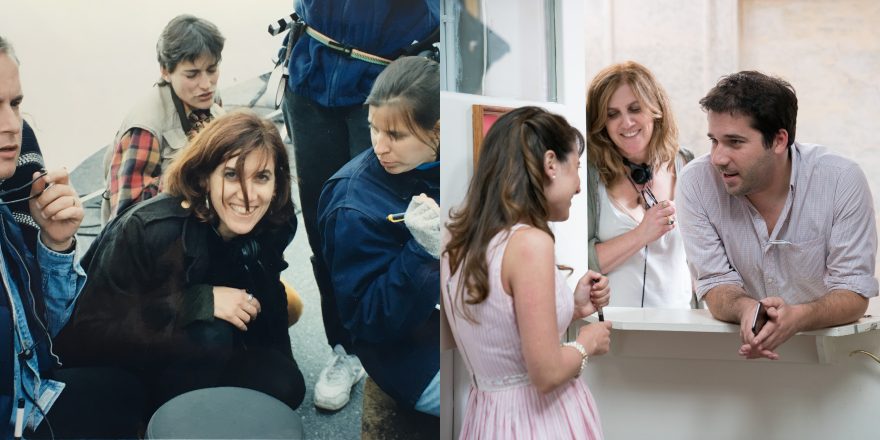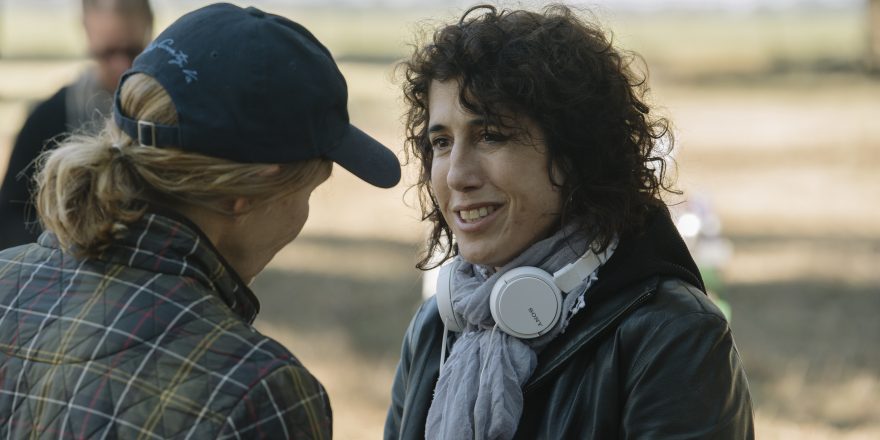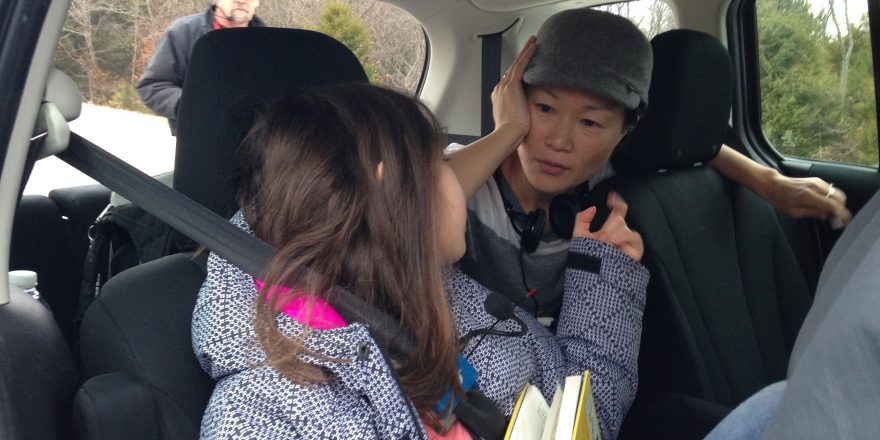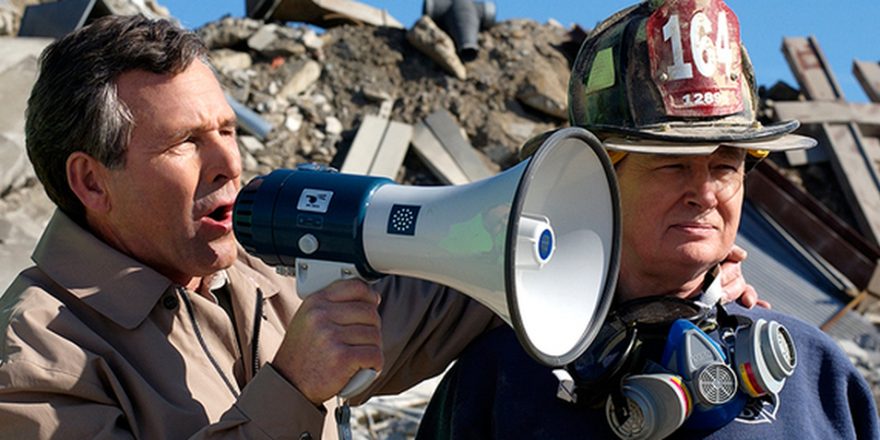I’m a Tiger! is the movie I was trying to set up in 2001 when the planes came down the length of Manhattan and slammed into the World Trade Center in slow-motion catastrophe, at 8:46 and 9:03 on the morning of September 11. By the time the towers fell at 9:59 and 10:28 a.m., while more than a million people were being evacuated below Canal Street, Eric and I were driving north with our three girls in the backseat of the car, two of them in car-seats. We hadn’t yet decided where we were headed. We made a stop at a gas station outside the city where a woman was sobbing, certain that the Indian Point nuclear facility, 13 miles away, was the next target. We didn’t yet know about what had happened at the Pentagon, or Shanksville, Pennsylvania. Phone lines stayed jammed until we got somewhere in the vicinity of the Rip Van Winkle Bridge, up the Hudson. Little did I know how perfectly named that bridge would come to seem to me. Even in the context of tragedy, a prankish hand was in the atmosphere: Like Washington Irving’s fictional character, who slept for 20 years through the American Revolution, it would be almost that long before I would wake back up in the movie business with my new film, Write When You Get Work.
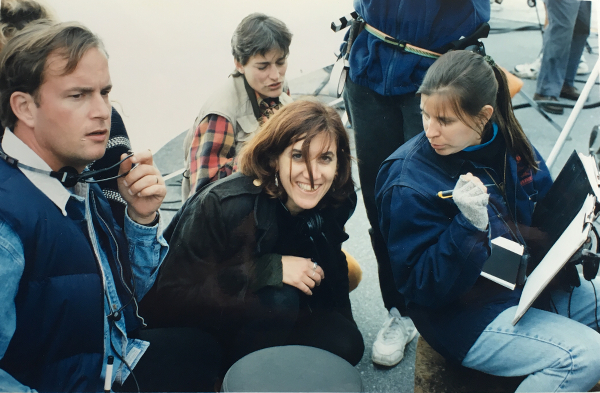
Cell-phone service had gone down minutes after the first plane hit. I had dialed very quickly and managed to get my call through to home. A plan went into motion. Eric would grab the baby, whose word in the wake of the impact was “boom,” while I ran back inside the school to grab our other two kids. We ended up strangely alone on the northbound FDR, the only car out on the road. We decided to avoid Port Authority bridges and tunnels, thinking a day of attacks was possibly just beginning, and headed toward the Willis Avenue Bridge into the Bronx. A stream of fire trucks, police cars, emergency vans and vehicles were moving fast in the other direction, southbound, headed downtown. Many of those firefighters, EMS workers and cops were rushing toward their deaths. The mom who had stood beside me at the door of our kids’ school, when I made that call from the sidewalk, was only a step or two behind me in seeing the tower and pulling her phone out, but she was too late. Service was jammed. Her husband was on a floor above the collision: 103. She didn’t reach him, and he never got out.
I’m a Tiger!, the script I had written, is about a 12-year-old girl with the voluptuous body of a 21-year-old, who slips onto an airplane disguised as a flight attendant.

There was no TSA before September 2001, no profiling of passengers based on name or prior travel, or murkiness of cornea. There were no locks on the doors of the cockpits and, generally, no public attention on the complex forces at work around the world, no real sense of the impact of our foreign policies.
I’m a Tiger! was about none of these things. But the world had turned abruptly on its axis, and this was a story that depended upon a kid sneaking onto an airplane under a false identity. Left “home alone” in New Jersey for the weekend by her half-brother and stepmother, she unwisely runs after them, bold and timid at the same time, using her only cash for a cab to Newark Airport.
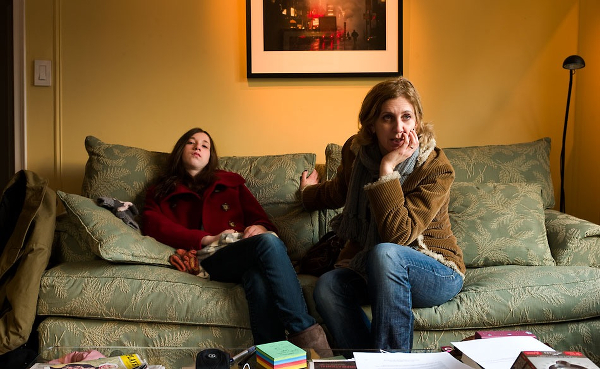
Once there, too late for the flight, she is profoundly alone and stranded. She meets a near-lookalike, a young woman who had double-booked herself, an employee of two competing airlines. Fearing she could lose both jobs, she grabs the opportunity of a willing impersonator whom she fails to recognize is a child. The 12-year-old takes off on one of the flights, in pursuit of family, under the young woman’s name and in her uniform. Plot ensues.
It wasn’t just 9/11 that made this movie run aground. Several producers had read it without any interest in making it. Some said the subject of sexuality was a bad idea in a story about a young girl. It’s true that a man in the story falls in love with her during her weekend of passing as an adult. But it was far from being a movie of outlaw sex. I’m a Tiger! was something else entirely.
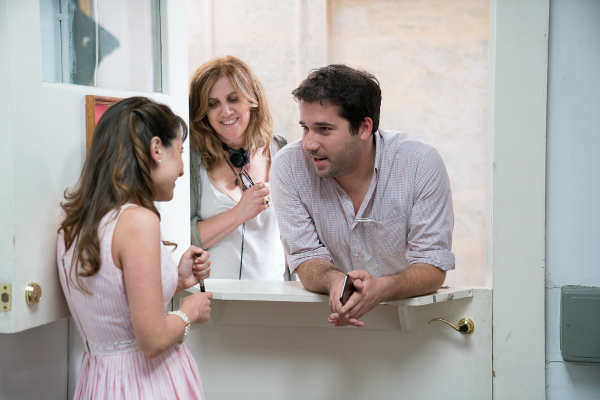
(Courtesy of George H. Price Productions)
Years went by, the tragedy of 9/11 continued to inflict personal and political havoc on families and in the world. My own kids grew up, my life evolved, and suddenly I saw a chance to make another movie. I was able to pull together financing, the perfect cast, and Robert Elswit, the brilliant cinematographer who agreed to shoot and bring me back to filmmaking life. The result, of which I am very proud, is Write When You Get Work. It premiered at SXSW, Abramorama is putting the movie in theaters on November 23, and it will be on Amazon Prime in February 2019.
There are structural similarities between the two projects; both are intended as gravity-defying “tales,” floating over a fictional world that feels authentic. The details are different, of course.
Write When You Get Work is a love story set in a Manhattan private school and in the world outside its walls. It’s a comedy, heist and commentary. I was thrilled when a German critic, Karsten Kastelan, titled his review of the film, “Criminals for Democracy.”
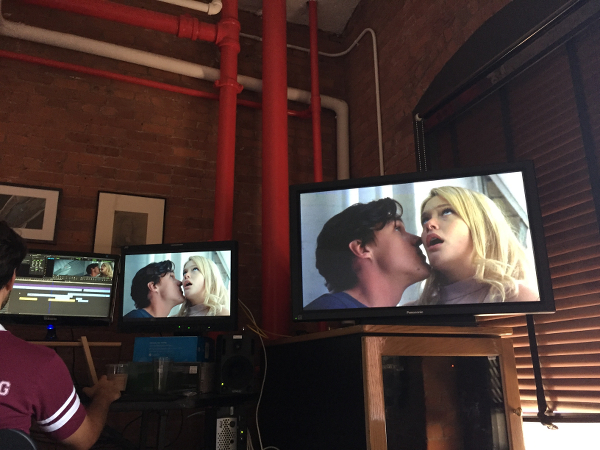
When I now re-read I’m a Tiger!, I realize that sneaking onto a plane isn’t the only aspect of it that I considered authentic back then – but makes no sense anymore.
The landscape hasn’t only changed at airports. How, in a world as it is now being drawn by the startling leadership in this country, could I approach the landscape of girls, love, and sexuality? The idea of an absent father lost in the mysteries of the United States Air Force? The idea of camouflage, both physical and emotional? It’s too ugly out there. Or so says this incarnation of Rip Van Winkle.
I think of myself as optimistic, and made Write When You Get Work in hopes that defiantly happy endings can still feel authentic. My grandmother, a child of cautious immigrants, always said, “You never regret what you didn’t say.” Much as I loved her, I’ve finally stopped believing that. I think she would be moved, and even relieved, to find that she might be wrong at last.



